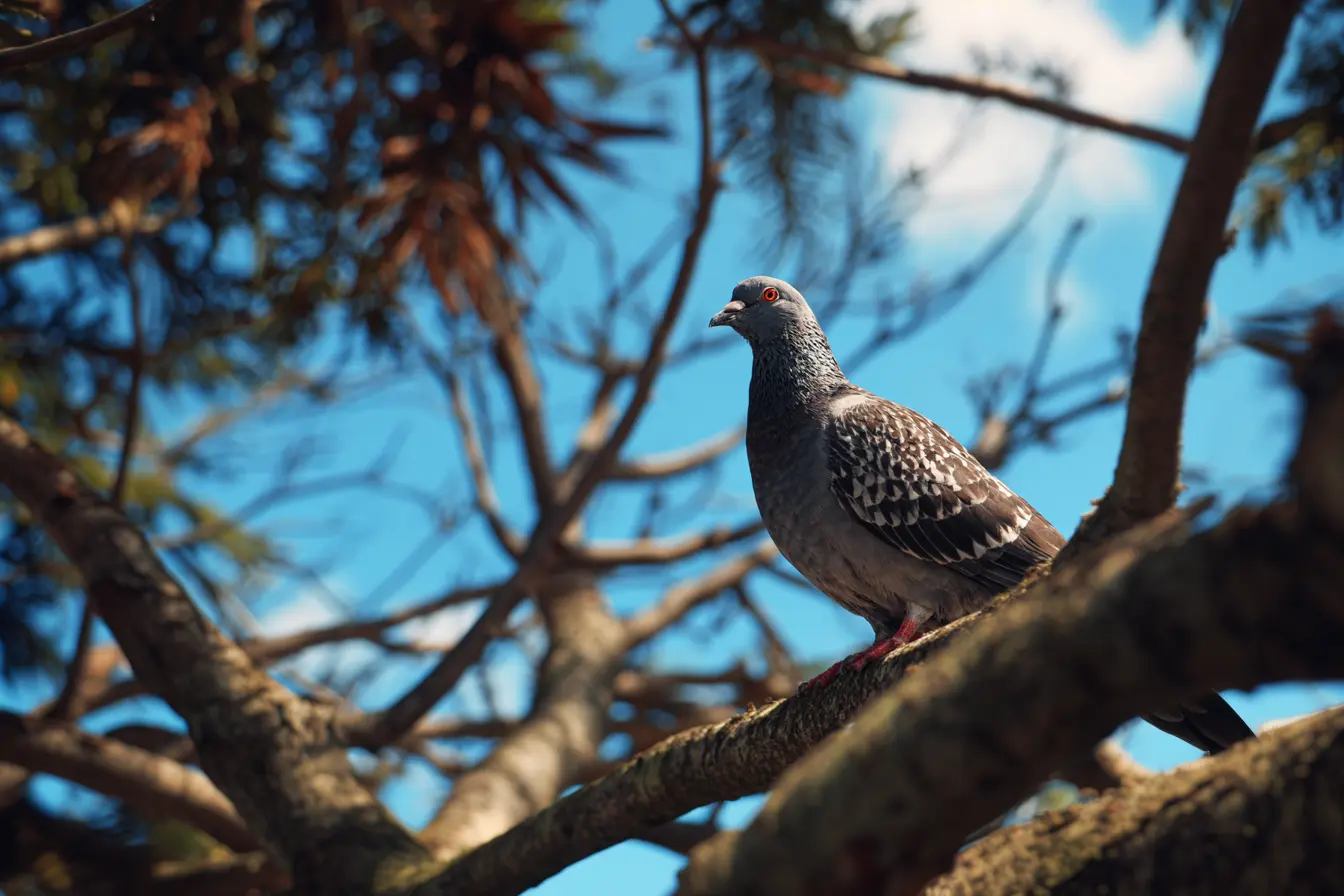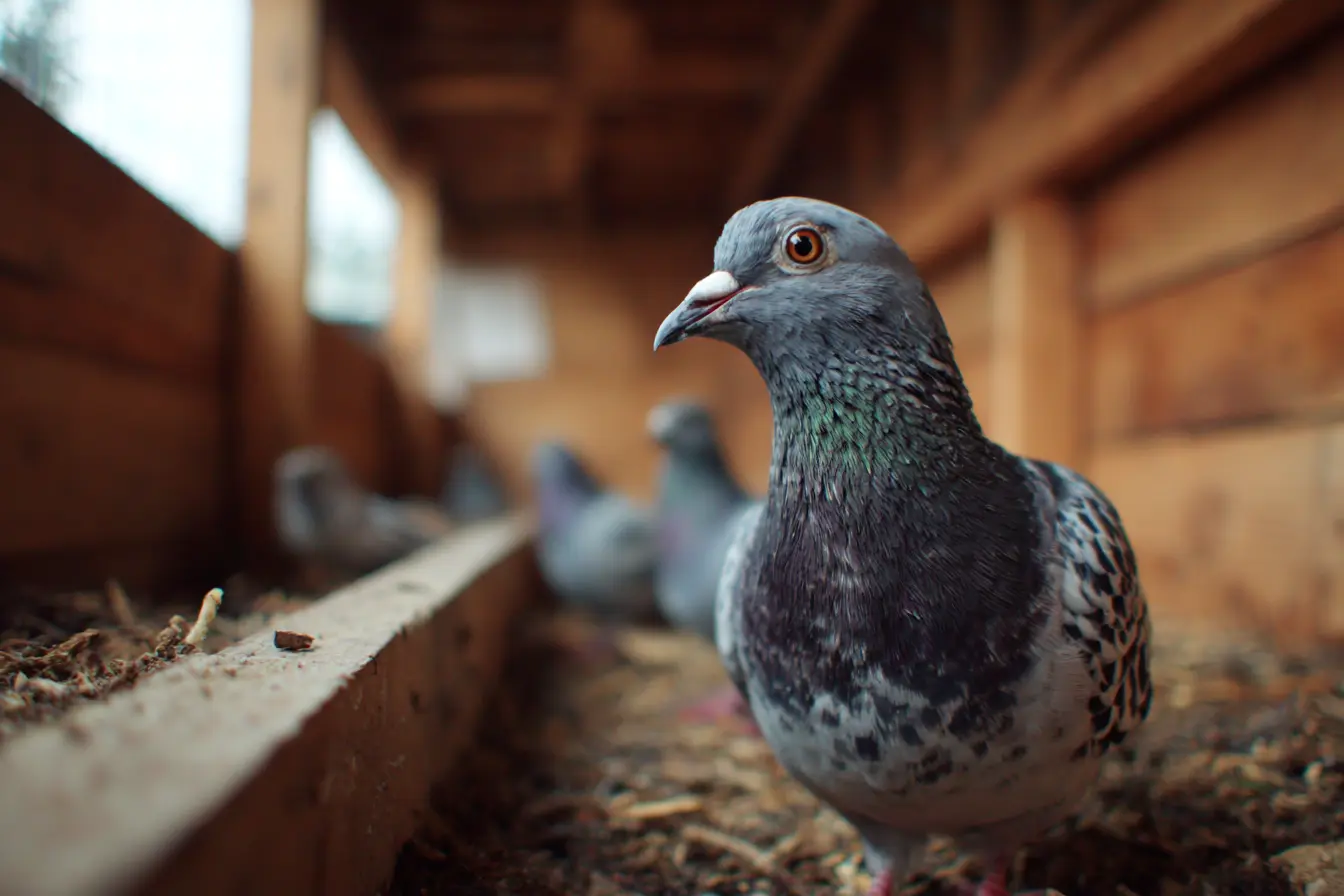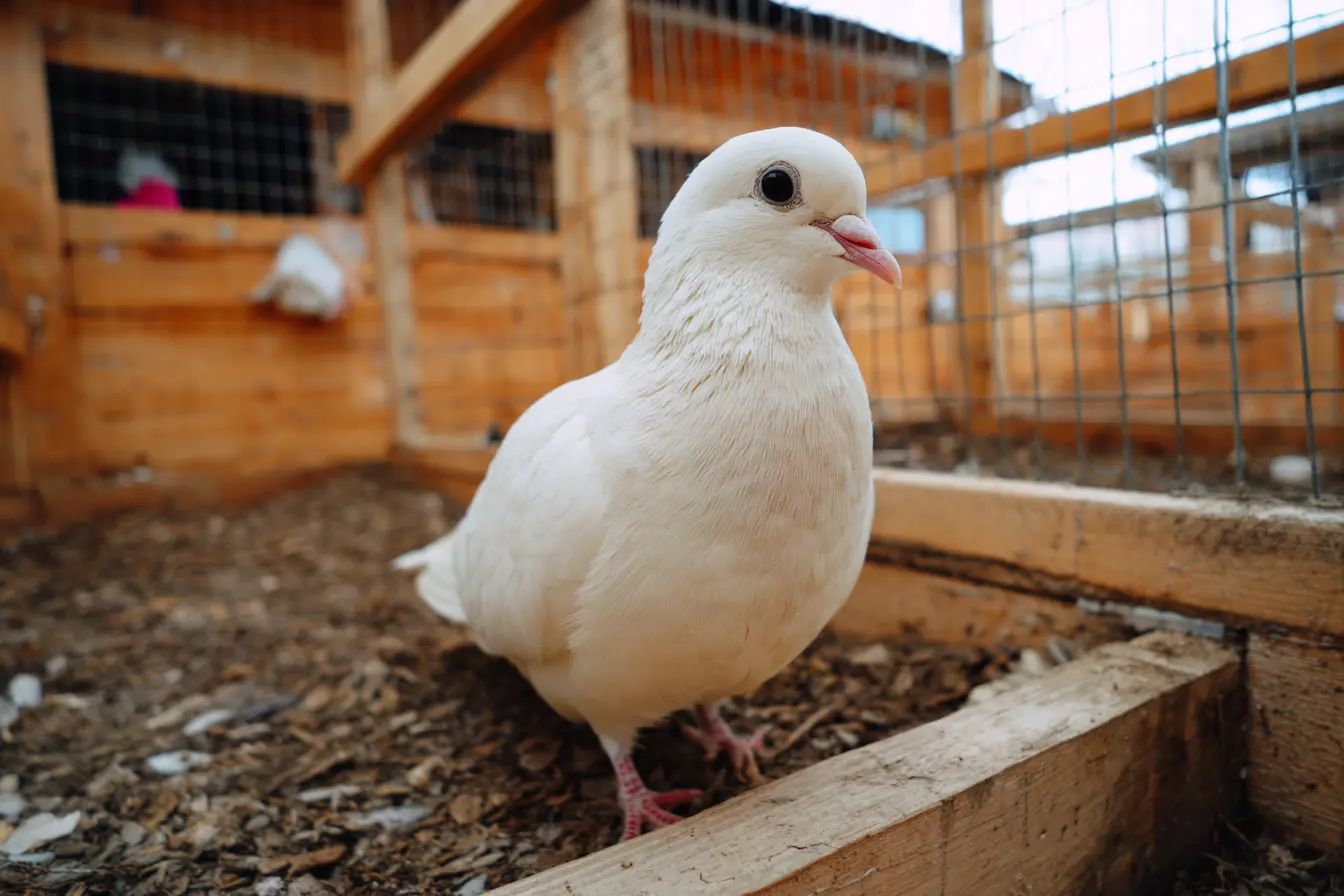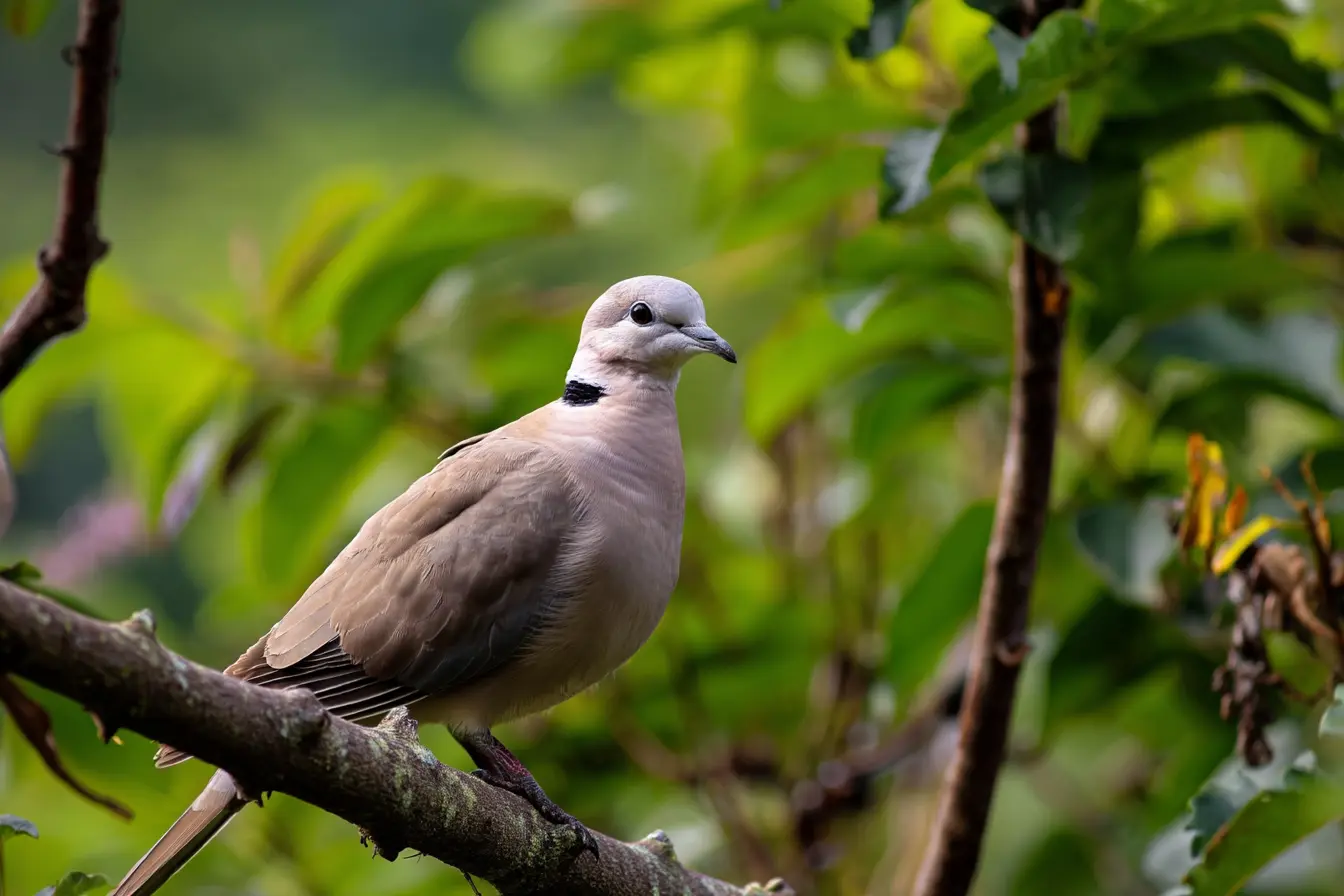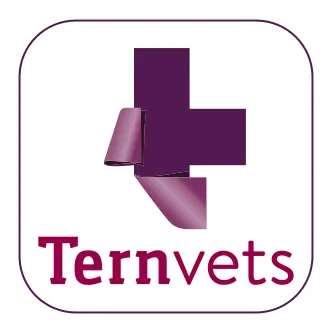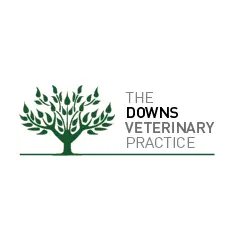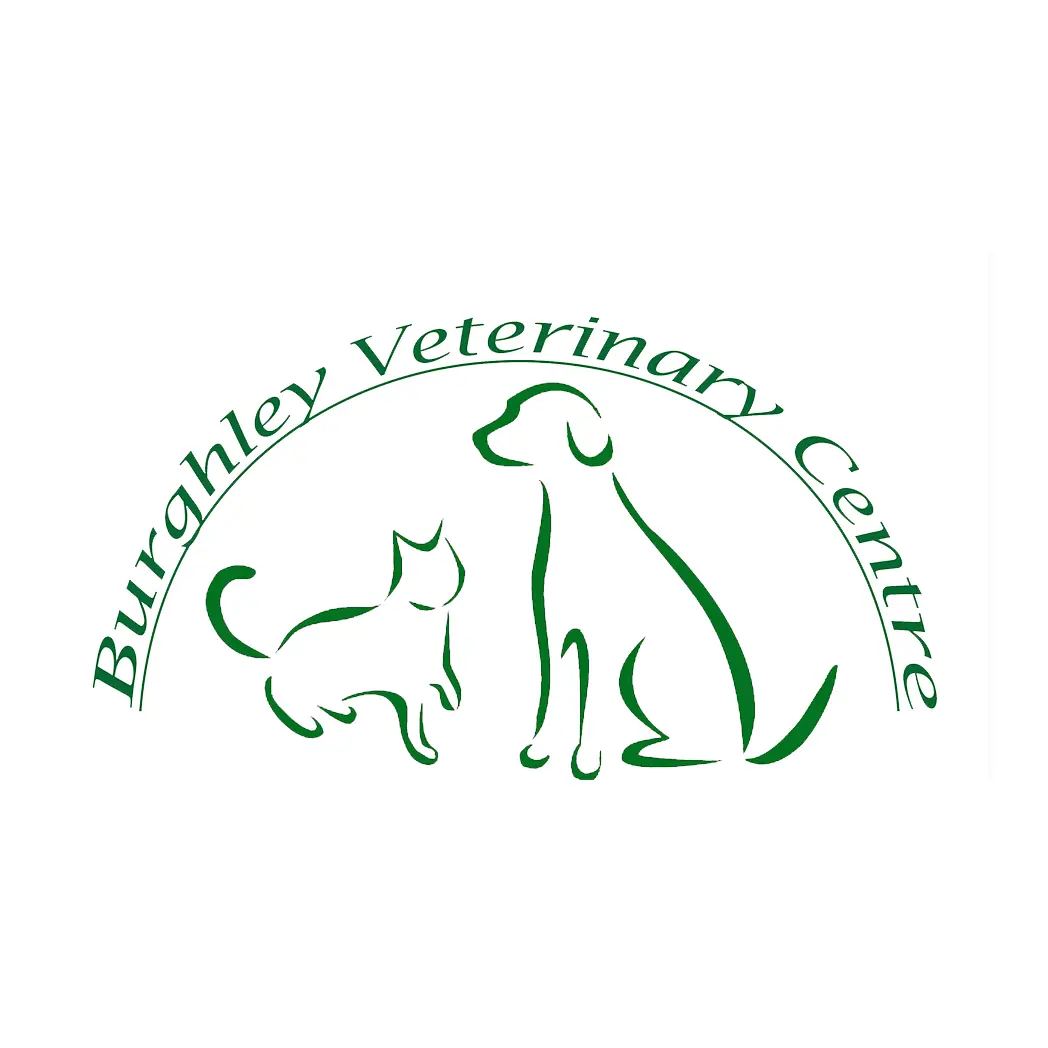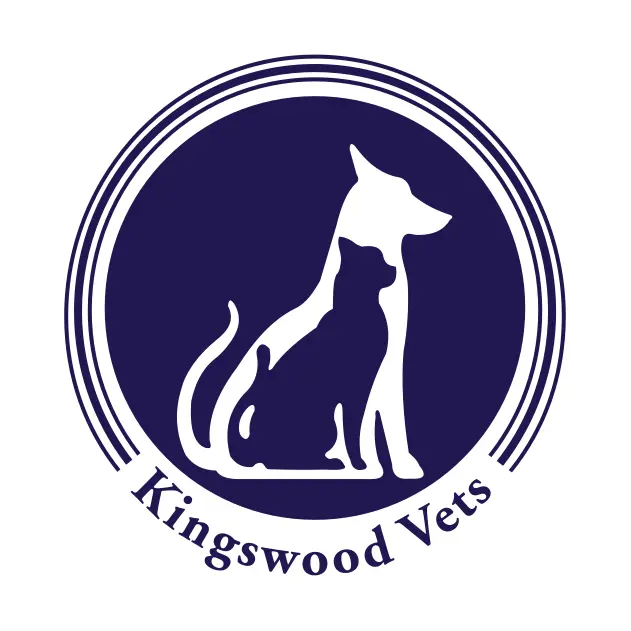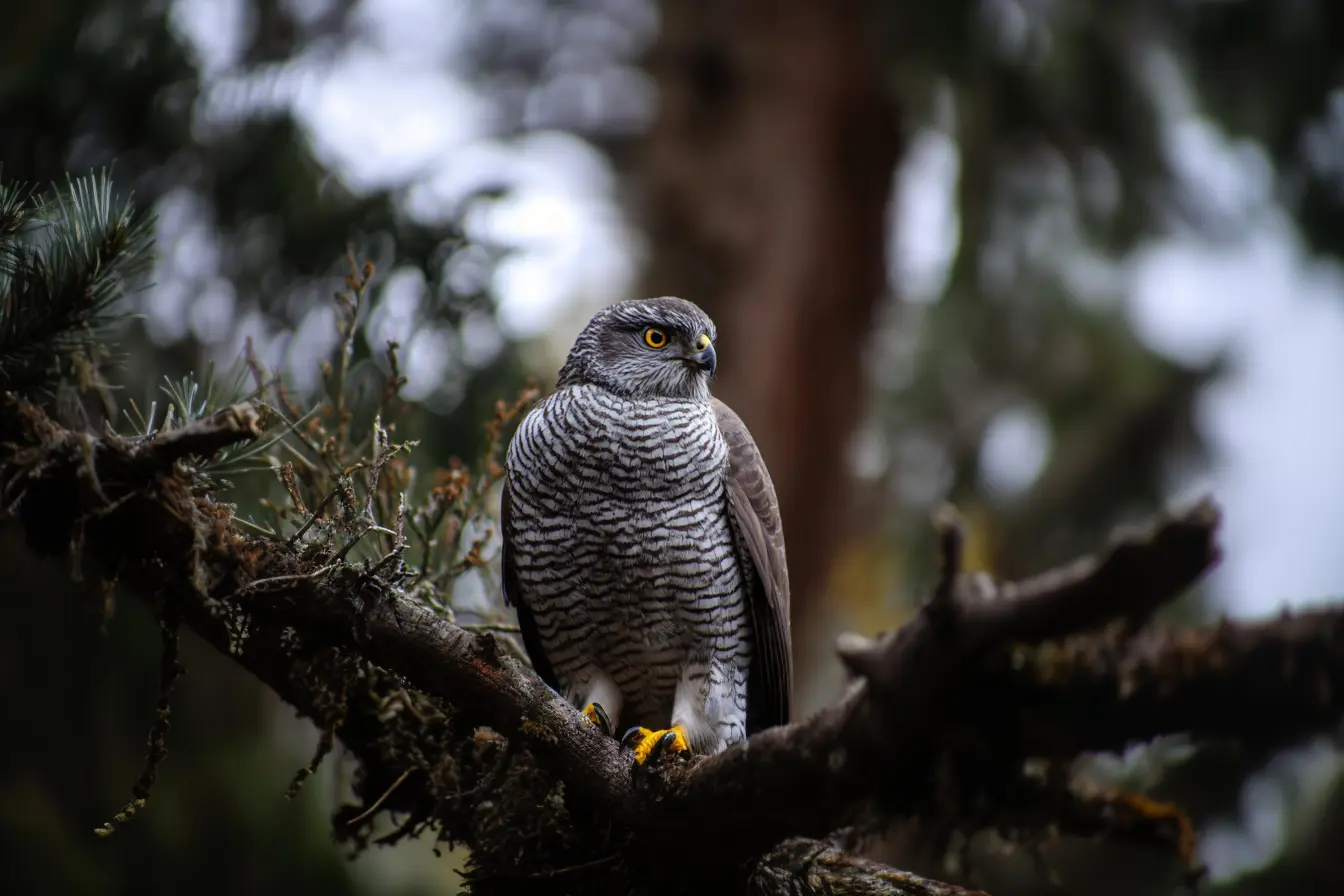
The Complete Guide to Keeping a Goshawk
The Northern Goshawk (Accipiter gentilis) is a powerful, fast, and highly skilled bird of prey, admired for its bold hunting style and intense presence. In the UK, goshawks have a reputation as the “sports car” of falconry - capable of explosive speed, agile manoeuvres, and relentless pursuit of quarry. While they are deeply rewarding to work with, goshawks require an experienced and confident handler, as they can be more challenging and temperamental than other species.
Appearance and Characteristics
- Size: Females are significantly larger (1,000–1,400g) than males (700–1,000g).
- Plumage: Blue-grey back, finely barred underparts, and striking red or orange eyes in adults.
- Temperament: Intelligent but intense; can be highly strung and require consistent, calm handling.
- Flight Style: Short, powerful bursts through woodland, capable of rapid acceleration and sudden changes of direction.
Legal Considerations in the UK
- Wildlife and Countryside Act 1981: Goshawks are a Schedule 1 protected species in the wild. Captive-bred individuals must have closed rings and proper documentation.
- Schedule 4 Registration: All captive goshawks must be registered with DEFRA.
- CITES: Listed under Appendix II, requiring permits for international trade.
- Hunting Permissions: You must have landowner consent to fly and hunt your goshawk.
Housing Requirements
Mews (Aviary)
- Size: Minimum 3m (length) × 3m (width) × 2.5m (height) for a single bird; bigger is always better.
- Design: Enclosed shelter with a weatherproof section and a well-ventilated flight area.
- Perches: Use block perches for tethering and bow or shelf perches to allow variety and prevent foot problems.
- Safety: Ensure the structure is predator-proof, escape-proof, and free from sharp edges.
Weathering Area
- Secure, open-air area for the goshawk to perch in fair weather, under supervision.
Equipment Needed
- Gauntlet: Thick leather glove to protect your hand and arm.
- Anklets, Jesses, and Leash: For safe handling and restraint.
- Swivels: Prevent the leash from tangling.
- Hood: Calms the bird during transport and between flights.
- Telemetry: Radio or GPS tracking is essential in case the bird strays.
- Scales: Accurate to 1g for monitoring flying weight - a key part of goshawk training.
Diet and Feeding
Daily Diet
Goshawks need a varied diet of whole prey, such as:
- Pigeon
- Partridge
- Quail
- Rabbit
- Squirrel (for experienced birds)
Feeding Tips
- Provide fresh prey daily; remove uneaten portions promptly.
- Rotate prey species to ensure balanced nutrition.
- Supply fresh, clean water for drinking and bathing.
Training a Goshawk
Manning
- The process of taming and building trust through regular, calm handling.
- Goshawks can be more nervous than some raptors; patience is key.
Creance Training
- Long-line flights help establish recall while building fitness.
Free Flight
- Requires excellent recall before attempting.
- Goshawks are typically trained for direct pursuit hunting rather than lure work.
- Woodland hunting for rabbits, pheasants, and pigeons is common.
Weight Management
- Flying weight is crucial; even small changes can affect responsiveness.
Health and Maintenance
Common Health Issues
- Bumblefoot: Caused by inappropriate perch surfaces.
- Aspergillosis: Respiratory infection linked to damp or mouldy housing.
- Stress Injuries: Goshawks can “bate” (fly off the glove) forcefully, risking feather or leg damage.
Preventative Care
- Keep housing clean and well-ventilated.
- Rotate perches to avoid pressure sores.
- Perform daily visual health checks and regular parasite control.
- Book routine avian vet appointments.
Daily Responsibilities
- Feeding and fresh water daily.
- Regular flying to maintain fitness and mental stimulation.
- Monitoring weight before every flight.
- Inspecting equipment for wear and replacing when necessary.
Suitability for Falconers
Goshawks are not typically recommended for beginners:
- They are powerful and can be aggressive if mishandled.
- Require calm, confident handling and quick reflexes.
- Best suited for falconers with prior experience in hawks or falcons.
For the right handler, however, the goshawk’s hunting skill and presence make it one of the most thrilling raptors to work with.
Lifespan and Commitment
A healthy captive goshawk can live 15–20 years. This is a long-term, daily commitment involving:
- Skilled handling
- Large, secure housing
- Regular hunting or free-flight exercise
- Ongoing equipment and vet expenses
Conclusion
Keeping a goshawk is an intense but immensely rewarding challenge for experienced falconers. With their strength, speed, and fearless hunting style, they are one of the most impressive birds of prey in falconry. Success with a goshawk requires space, skill, and dedication—but for those prepared to commit, the partnership is unforgettable.
Related Vets
Vets near you
Speciality vets
- Aquatics vet specialists
- Birds vet specialists
- Camelids vet specialists
- Cats vet specialists
- Cattle vet specialists
- Deer vet specialists
- Dogs vet specialists
- Equines vet specialists
- Exotic vet specialists
- Goats vet specialists
- Pigs vet specialists
- Poultry vet specialists
- Sheep vet specialists
- Small Mammals vet specialists
- Wild vet specialists
